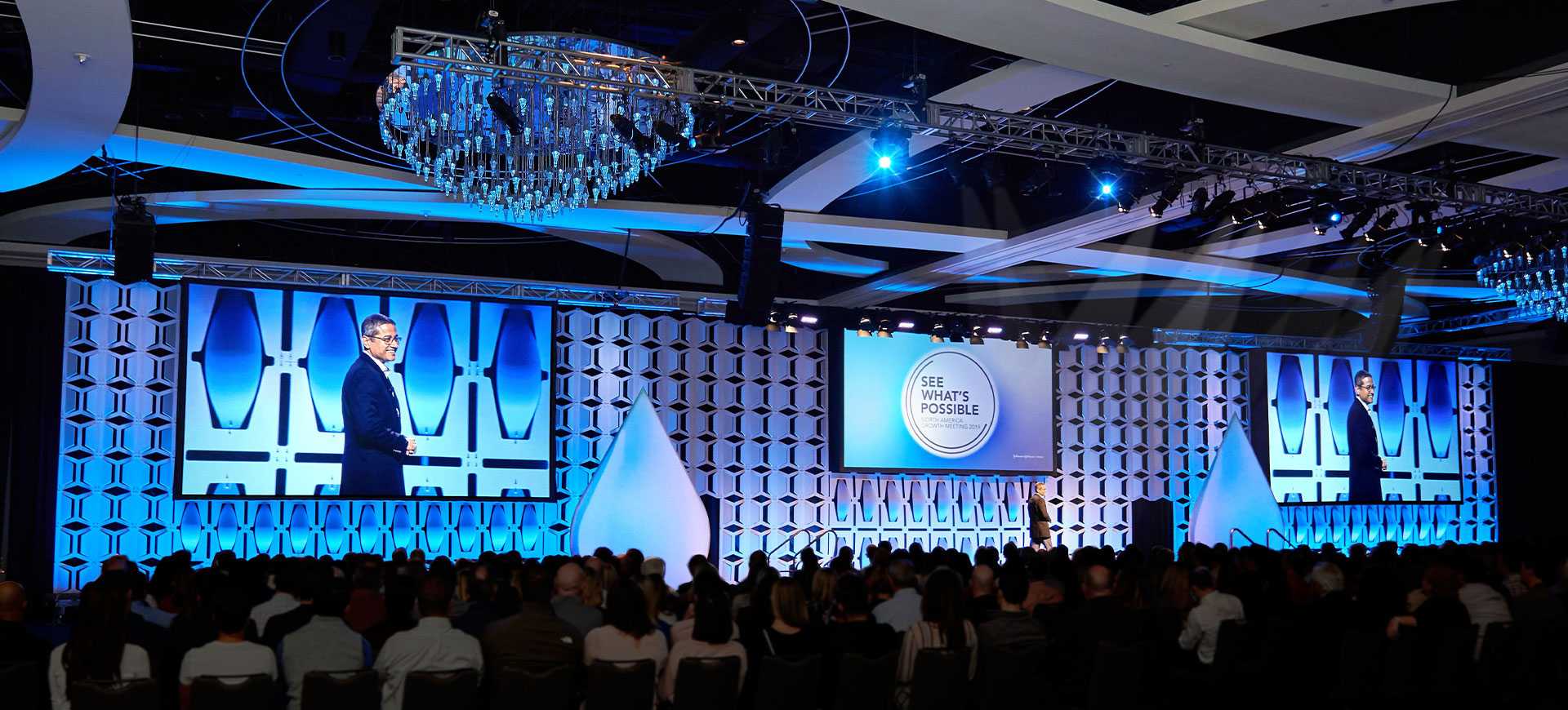Illuminating the Impact of Lighting Methods on the Art of Film Projection Mapping Techniques
Illuminating the Impact of Lighting Methods on the Art of Film Projection Mapping Techniques
Blog Article
Motion mapping projection is an exciting creative form that combines technology and creativity to transform common surfaces into remarkable sight displays. This method involves casting images and videos onto three-dimensional elements, such as structures, artworks, or platforms. One of the most significant factors in creating successful projection in the use of effective lighting techniques. Proper illumination improves the aesthetic components of the projection and ensures that the visuals are crisp and captivating. This article examines the impact of illumination methods on video mapping and how they can enhance the overall encounter.
Lighting plays a crucial part in motion mapping because it establishes the mood and feel of the display. Different lighting methods can evoke various emotions and responses from the audience. For instance, using gentle, warm lights can create a inviting environment, while bright, cold lights may create a more energetic or dramatic impact. By thoughtfully choosing light colors and brightness, creators can manipulate how viewers perceive the projected visuals, leading to a more engaging encounter. The balance between mapping luminance and ambient illumination is crucial, as it can significantly impact the clarity and effect of the visuals.
In addition, color and brightness, the direction of illumination also influences the effectiveness of projection. Lighting from different directions can generate contrast and accents that find this add depth to the mapped visuals. This technique, known as light and shadow, can enhance the three-dimensionality of the objects being projected. Additionally, using dynamic illumination can add energy to the display, making the like it encounter more engaging for the audience. When the light interacts with the mapped visuals, it can create an effect of movement and change, capturing the audience's attention.
Another essential element of illumination in mapping is the use of special features. Methods such as patterned lighting, which employs patterns and shapes to filter light, can add depth and complexity to the mapping. This approach allows artists to superimpose images and create aesthetically stunning effects that enhance the projection. Additionally, incorporating lasers or light-emitting diode lights can further improve the display, providing a distinct mix of visual components that attract the viewers in. These unique effects, when used carefully, can transform the mapping beyond a basic display to an immersive piece of art.
In summary, the influence of illumination methods on motion projection is significant. By understanding how various lighting components connect with projected visuals, artists can produce captivating experiences that resonate with audience. The thoughtful selection of color, intensity, angle, and unique effects enables for a vivid canvas of visual narrative. As technology continues to evolve, the possibilities for artistic showcasing in mapping will only grow, making illumination an increasingly vital aspect in this progressive creative form.